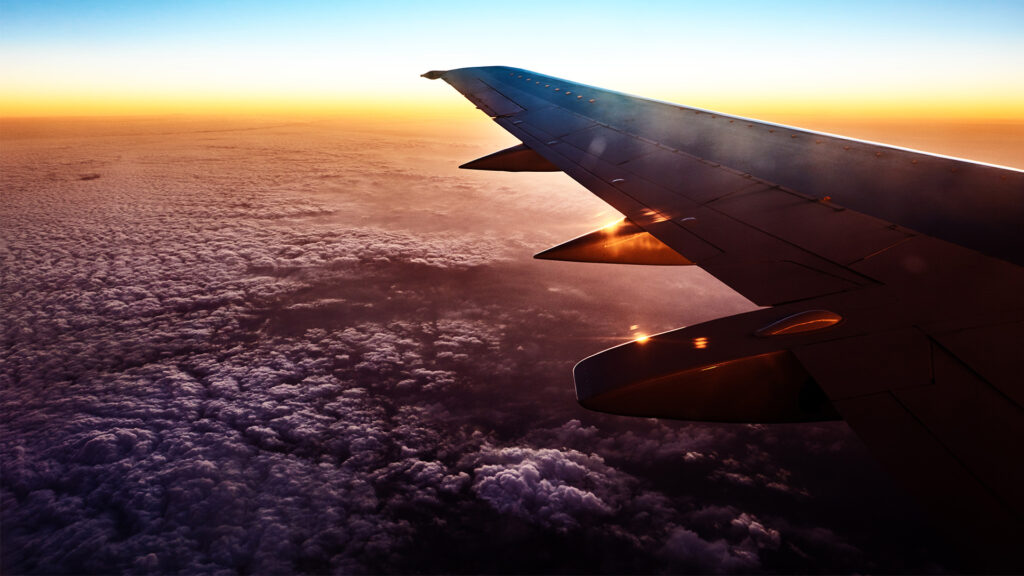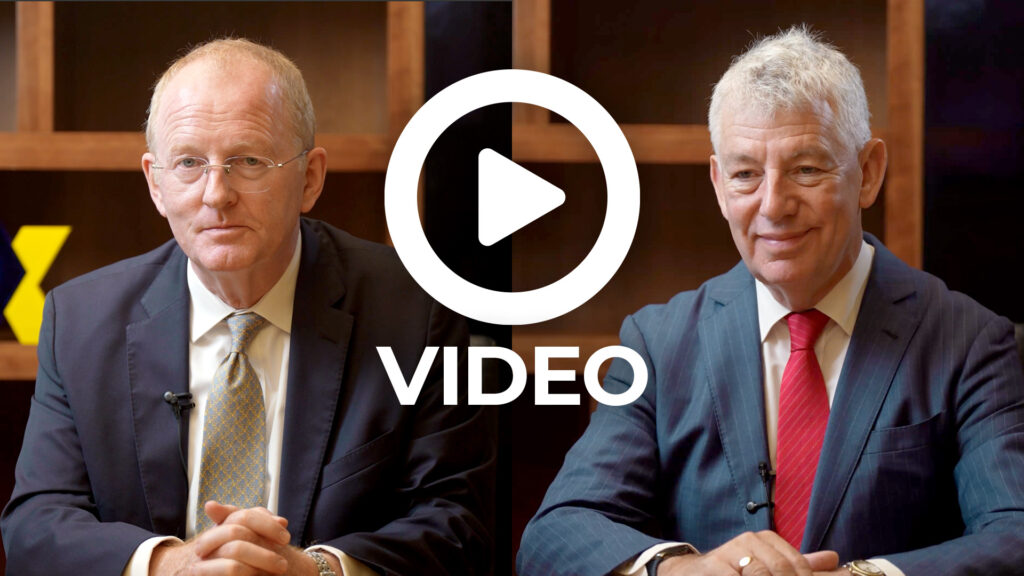
ASEAN liberalisation: open skies achieves full ratification, May 2016
Without much fanfare, it was confirmed last month that Indonesia and Laos have now ratified the Association of South East Asian Nations (ASEAN) open skies agreement (the Agreement). This means that the Agreement has now achieved full ratification by all ten ASEAN Member States (Brunei, Cambodia, Indonesia, Laos, Malaysia, Myanmar, Philippines, Singapore, Thailand and Vietnam). Whilst the announcement garnered little media attention, the importance of this development for the future liberalisation of aviation in South East Asia cannot be underestimated.
What is open skies?
Open skies refers to the general policy concept of liberalising international aviation markets and, strictly speaking, means that a carrier of one State will have unrestricted access into the sovereign territory of another State without any written agreement specifying capacity, points of destination/departure or schedule of services. In other words, an open skies policy would allow the foreign carrier of one State to land at any airport of another State on any number of occasions with unlimited seat capacity.
The most important aspect of liberalising aviation markets is the guarantee of third, fourth, fifth, and seventh freedoms of the air, which are as follows:
- Third and fourth freedom rights: The right to fly from a carrier’s home country to a foreign country, and vice versa, without government approval.
- Fifth freedom rights: The right to fly between two foreign countries during flights originating or ending in an carrier’s home country.
- Seventh freedom rights: the right to fly between two foreign countries without any continuing service to one’s own country.
The Agreement removes restrictions on third, fourth, and fifth airspace freedoms for carriers based in ASEAN Member States. The lifting of these restrictions allow ASEAN-based carriers to freely transport people and cargo to or from a foreign country and to pick up and drop off people and cargo from a second country en route to a third. The Agreement does, however, fail to deal with seventh freedom rights and Member State ownership of carriers, leaving this open for further consideration.
The Agreement also requires each ASEAN Member State to fully open up their international airports to other ASEAN Member States and eliminate restrictions on the frequency and maximum capacity of flights. That said, some Member States have included significant reservations to the Agreement in their domestic implementing legislation and policies. As examples:
- Indonesian Presidential Regulation No.12/2016 States that only five Indonesian airports are part of the Agreement – Soekarno-Hatta International Airport (Jakarta), Kualanamu International Airport (North Sumatra), Juanda International Airport (East Java), Ngurah Rai International Airport (Bali), and Sultan Hasanuddin International Airport (South Sulawesi).
- Laos has not yet freed up Vientiane and Luang Prabang for Thai carriers.
- Philippines is limiting access to Manila due to capacity and over-crowding concerns.
What does this mean for aviation in ASEAN?
The air transport sector in the ASEAN region is widely recognised as the very basis for economic development, given the focus on movement of commodities and human capital. Improved connectivity will help to develop the growth of the aviation, logistics and tourism sectors, and will contribute to greater ASEAN integration.
While the removal of regulations on the third to fifth freedoms is a step in the right direction, in practice third and fourth freedoms were generally already granted and many carriers were already able to bypass fifth freedom restrictions through cross border joint ventures and various other loopholes.
The Agreement will, however, significantly improve efficiency and competiveness in the burgeoning South East Asian aviation market with many commentators anticipating that low cost carriers stand to gain most from increased liberalisation.
Is South East Asia ready for further liberalisation?
For ASEAN to develop a truly competitive single aviation market, seventh freedom and domestic operations (cabotage) by foreign carriers will need to be introduced. This is unlikely to sit well in the less developed ASEAN Member States who fear that their carriers will be unable to compete with stronger operators due to the uneven levels of economic development among ASEAN Member States. Eliminating national protectionism will prove difficult and this can already be evidenced by the decisions of certain Member States’ in limiting airport access despite the fact that they have ratified the Agreement.
The ASEAN timeline to commence discussions on liberalisation of ownership and control of carriers of ASEAN Member States, including the concept of an ‘ASEAN Community Carrier’, is scheduled to take place from 2016 to 2020. This will again create further tensions and it is anticipated that many Member States will be unwilling to surrender even partial control over their flag carriers and other State-owned entities.
A more liberalised market also requires standardisation and this in itself comes with its own set of challenges in a bloc where there is great disparity in economic and social development amongst Member States. One key task lies in adopting homogeneous levels of safety and security across ASEAN. This will require significant investment with the richer nations being expected to take the lead.
Conclusion
Whilst further liberalisation needs to take place, there is no doubt that ratification of the Agreement by all ten Member States should be celebrated and represents a significant step forward in achieving the key ASEAN policy objective of creating the Single Aviation Market (ASEAN-SAM). What remains to be seen, however, is whether the development of ASEAN-SAM will eventually resemble something similar to what can be found in the European Union or, as this author believes, will resemble an entirely different beast altogether.
For more information, please contact James Jordan, Associate, on +852 3983 7758, or james.jordan@hfw.com, or your usual contact at HFW.
Download a PDF version of ‘ASEAN liberalisation: open skies achieves full ratification, May 2016’











